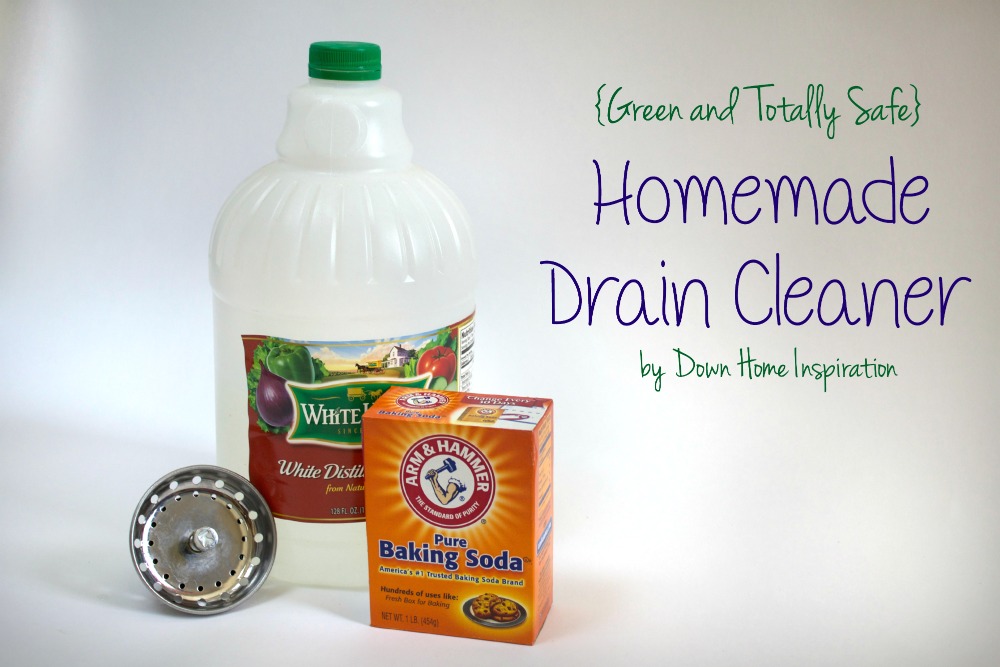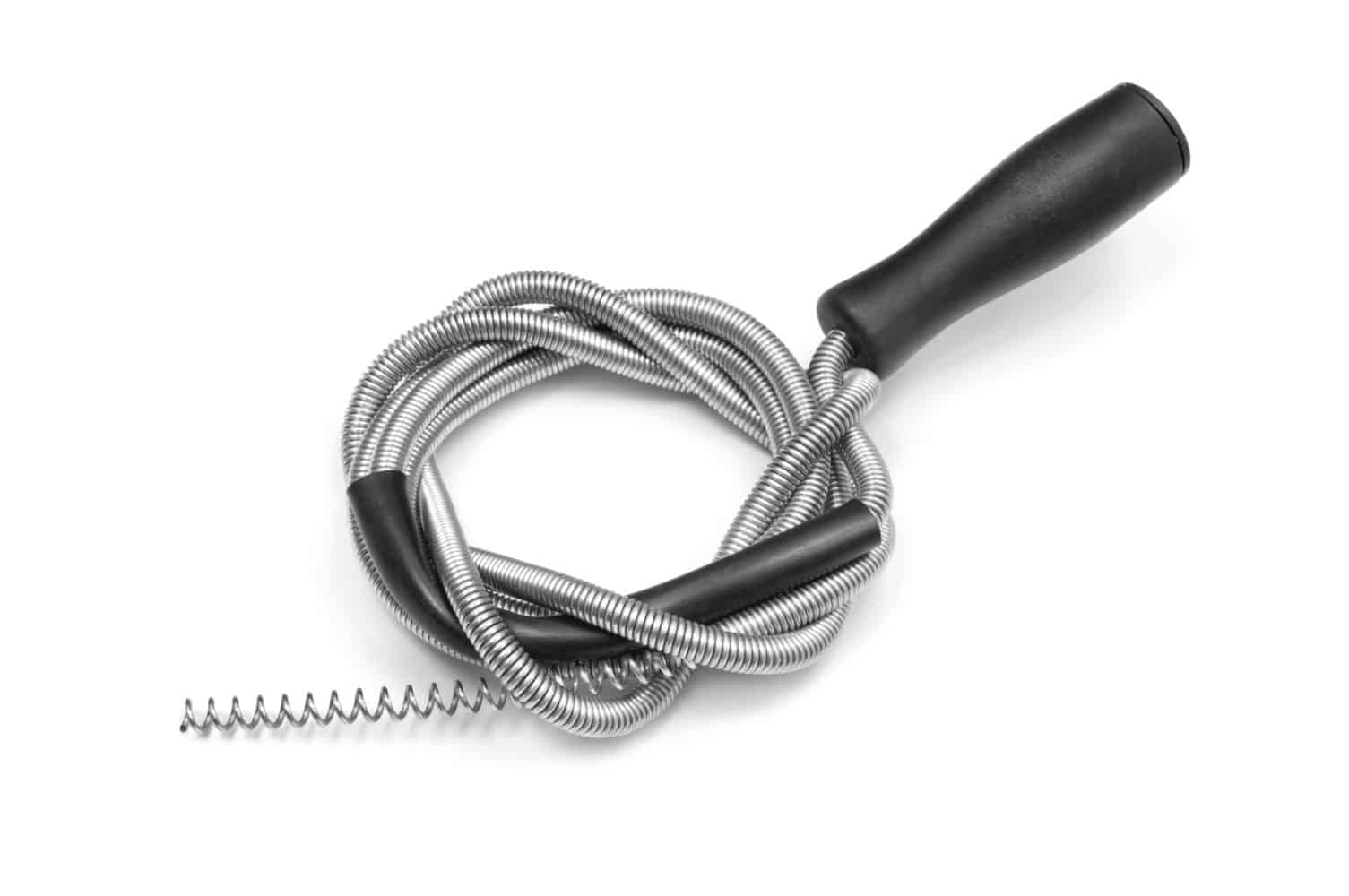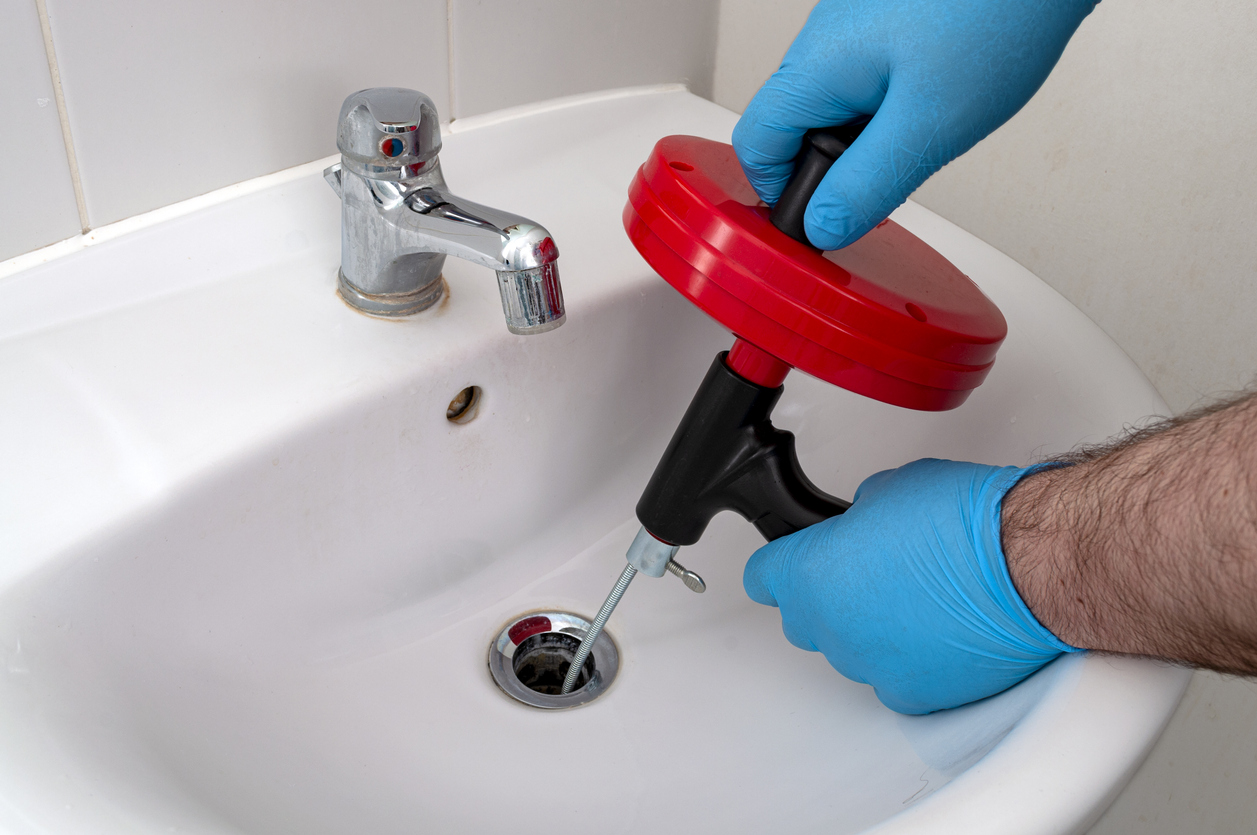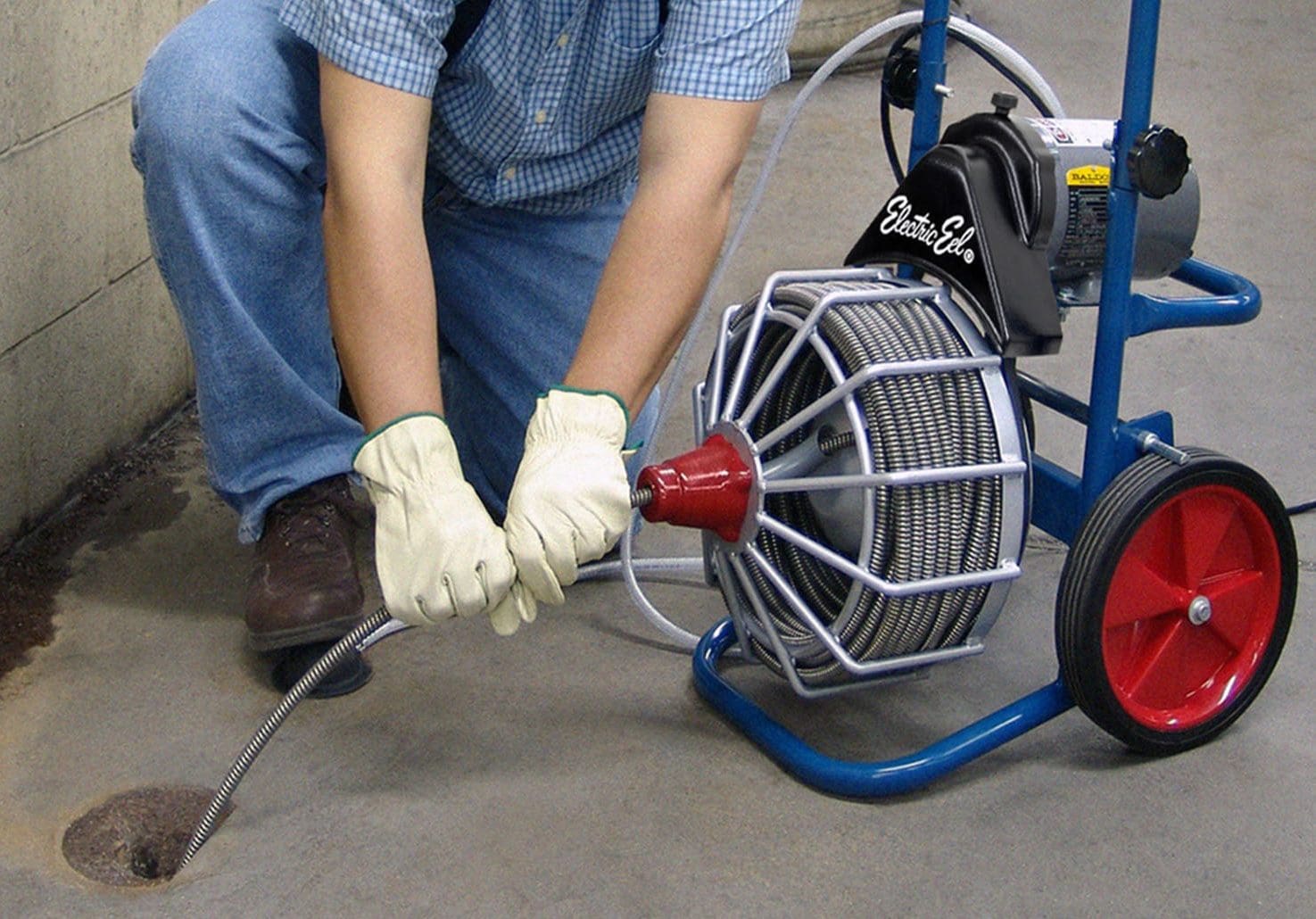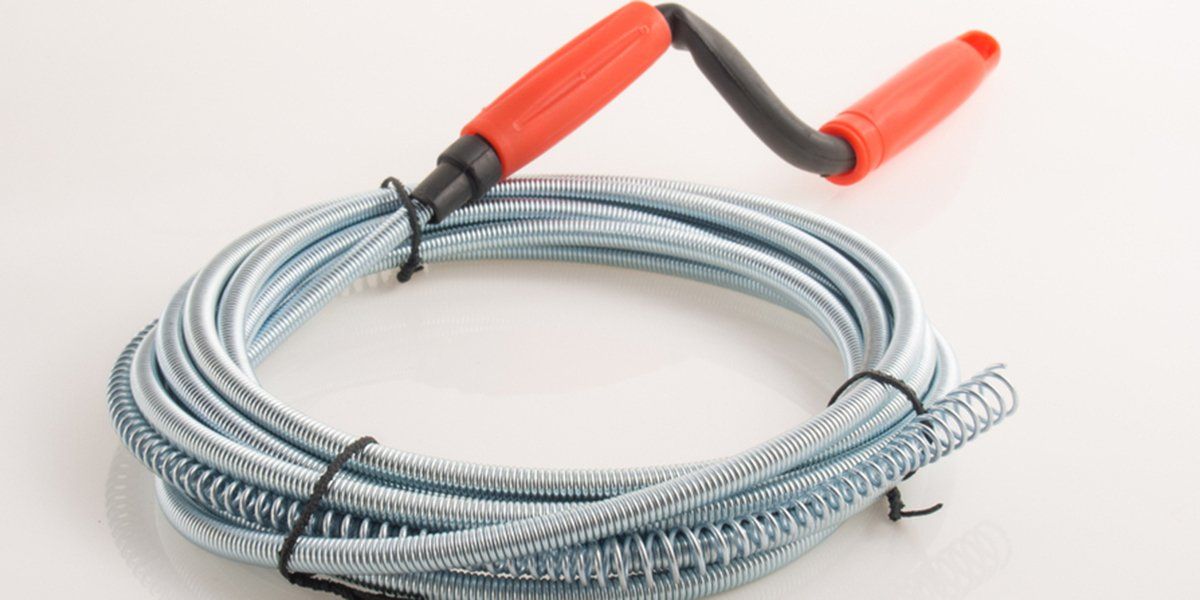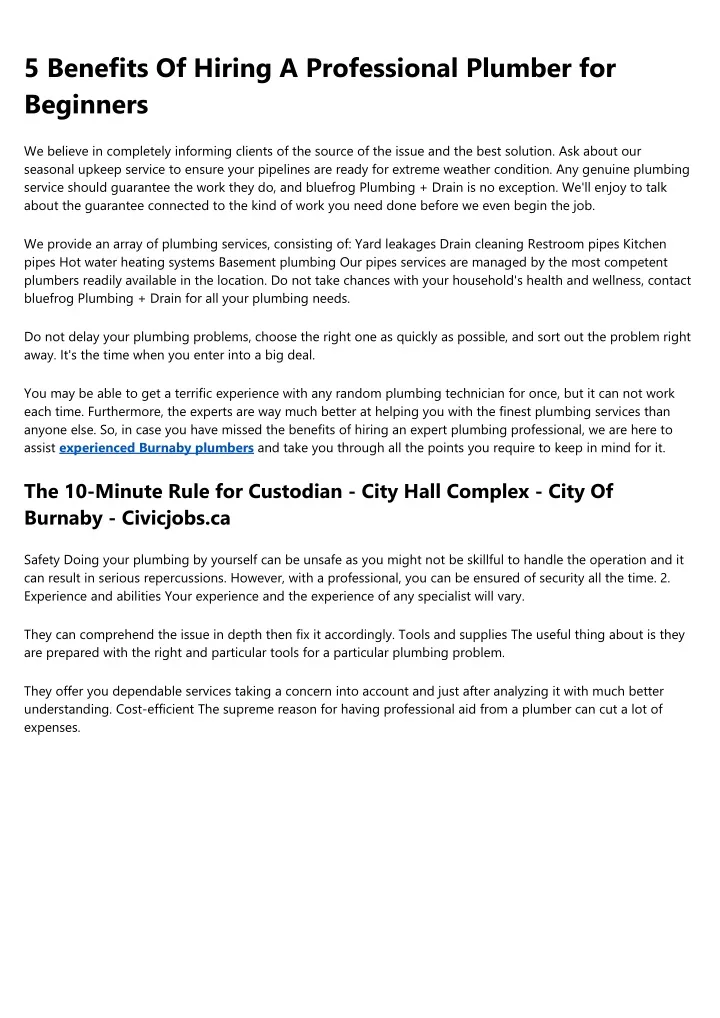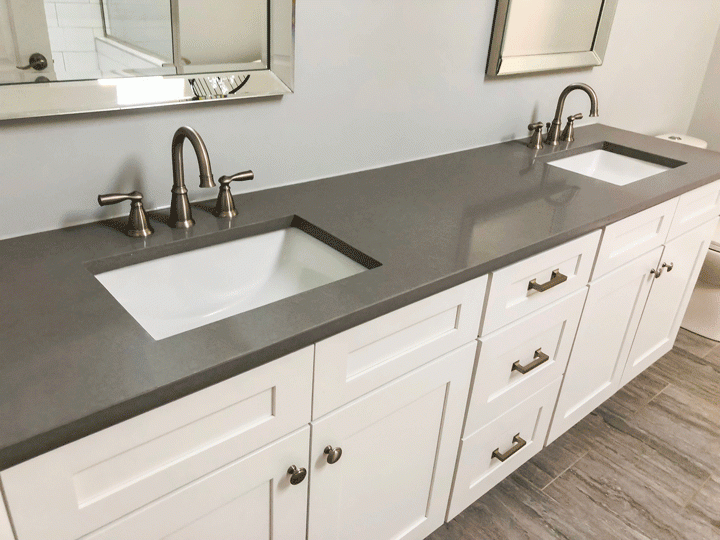One of the most common and effective ways to unclog a kitchen sink is by using a plunger. This tool is designed to create suction and pressure that can dislodge any blockages in the drain. Kitchen sink plungers have a flat bottom and a curved lip, which makes them more suitable for use in kitchen sinks compared to traditional toilet plungers. To use a plunger, place it over the drain and push down and pull up quickly a few times. This back-and-forth motion creates suction and helps to loosen and remove any clogs. 1. Use a plunger
If the clog in your kitchen sink is caused by a buildup of grease or soap scum, pouring boiling water down the drain can be an effective solution. The hot water can help to dissolve and flush away the buildup, allowing water to flow freely again. Boil a pot of water and carefully pour it down the drain in a slow and steady stream. Be careful when handling boiling water to avoid burns. Repeat this process a few times if necessary to completely clear the clog.2. Pour boiling water down the drain
Baking soda and vinegar are two common household ingredients that can be used to unclog a kitchen sink. The combination of these two creates a chemical reaction that can help to break down and dissolve any clogs. Start by pouring half a cup of baking soda down the drain, followed by half a cup of vinegar. Let the mixture sit for about 15 minutes, then flush it out with hot water. This method can be repeated a few times for stubborn clogs.3. Use a mixture of baking soda and vinegar
If the clog in your kitchen sink is deep within the pipes, a drain snake can be a useful tool to remove it. A drain snake is a long, flexible tool with a spiral auger at one end that can be inserted into the drain and rotated to grab and break up any clogs. You can purchase a drain snake at most hardware or home improvement stores, or you can rent one from a local tool rental shop.4. Try a drain snake
If other methods have failed to unclog your kitchen sink, you can try using a chemical drain cleaner. These products are designed to dissolve and break down clogs, but they can also be harsh on your pipes and the environment. Be sure to carefully follow the instructions and safety precautions on the product label. It's also important to note that chemical drain cleaners may not be effective for all types of clogs.5. Use a chemical drain cleaner
The P-trap is a curved pipe located under your kitchen sink that is designed to trap debris and prevent it from entering the main drainage system. Over time, the P-trap can become clogged with food scraps, grease, and other buildup. To clean it, place a bucket under the trap to catch any water, then unscrew the connections and remove the trap. Clean it thoroughly and reattach it, making sure all connections are tight.6. Remove and clean the P-trap
If you have a wet/dry vacuum at home, you can use it to help unclog your kitchen sink. First, set the vacuum to the wet setting and cover the vent to prevent air from escaping. Place the hose over the drain and create a tight seal. Turn on the vacuum and let it run for a minute or two. The suction created can help to dislodge and remove any clogs in the drain.7. Use a wet/dry vacuum
If you prefer to use natural ingredients to unclog your kitchen sink, you can create a homemade drain cleaner using salt and baking soda. Start by pouring half a cup of salt down the drain, followed by half a cup of baking soda. Let the mixture sit for a few hours or overnight, then flush it out with hot water. The abrasive texture of the salt and baking soda can help to break down and remove any clogs.8. Try a homemade drain cleaner with salt and baking soda
If you have a stubborn clog in your kitchen sink, a plumbing snake can be a good option. This tool is similar to a drain snake, but it is longer and more heavy-duty. You can push the snake down the drain and rotate it to break up and remove any clogs. Be sure to wear gloves and protective eyewear when using a plumbing snake.9. Use a plumbing snake
If all else fails, it may be time to call a professional plumber. They have the tools and expertise to unclog even the toughest kitchen sink clogs. Plus, they can also identify and fix any underlying issues that may be causing repeated clogs. While this may be a more expensive option, it can save you time and frustration in the long run. In conclusion, there are several methods you can try to unclog your kitchen sink. From using a plunger or drain snake to trying homemade or chemical drain cleaners, these solutions can help to clear any clogs and get your sink draining properly again. If you encounter a stubborn or recurring clog, don't hesitate to call a professional plumber for assistance.10. Call a professional plumber
The Importance of Keeping Your Kitchen Sink Unclogged

Don't let a clogged sink ruin your day
 A clogged kitchen sink is one of the most frustrating and inconvenient household issues. Not only does it prevent you from using your sink for daily tasks, but it can also cause unpleasant odors and potentially damage your pipes. That's why it's important to know the best way to unclog your kitchen sink and prevent future clogs from happening.
A clogged kitchen sink is one of the most frustrating and inconvenient household issues. Not only does it prevent you from using your sink for daily tasks, but it can also cause unpleasant odors and potentially damage your pipes. That's why it's important to know the best way to unclog your kitchen sink and prevent future clogs from happening.
Causes of a Clogged Kitchen Sink
 Before we dive into the best way to unclog your kitchen sink, it's important to understand what causes a clog in the first place. Some common culprits include food scraps, grease, and soap residue. Over time, these substances can build up and create blockages in your pipes, leading to a slow or completely clogged sink.
Before we dive into the best way to unclog your kitchen sink, it's important to understand what causes a clog in the first place. Some common culprits include food scraps, grease, and soap residue. Over time, these substances can build up and create blockages in your pipes, leading to a slow or completely clogged sink.
The Best Way to Unclog Your Kitchen Sink
 Now that you know what causes a clogged sink, let's discuss the best way to unclog it. While there are various methods and products available, we recommend using a combination of
baking soda
and
vinegar
. This natural and effective solution has been used for years to unclog sinks and is much safer for your pipes than harsh chemicals.
To begin, remove any standing water from your sink using a
bowl
or
bucket
. Next, pour ½ cup of
baking soda
down the drain, followed by 1 cup of
vinegar
. You will notice a fizzing reaction, which means the solution is working to break down the clog. Let it sit for 10-15 minutes, then pour a pot of boiling water down the drain to flush out the loosened debris.
If the clog persists, you may need to use a
plunger
to help dislodge it. Place the plunger over the drain and push down firmly, then pull up quickly to create suction. Repeat this process a few times, and the clog should clear. If the plunger doesn't work, you may need to use a
drain snake
to physically remove the blockage.
Now that you know what causes a clogged sink, let's discuss the best way to unclog it. While there are various methods and products available, we recommend using a combination of
baking soda
and
vinegar
. This natural and effective solution has been used for years to unclog sinks and is much safer for your pipes than harsh chemicals.
To begin, remove any standing water from your sink using a
bowl
or
bucket
. Next, pour ½ cup of
baking soda
down the drain, followed by 1 cup of
vinegar
. You will notice a fizzing reaction, which means the solution is working to break down the clog. Let it sit for 10-15 minutes, then pour a pot of boiling water down the drain to flush out the loosened debris.
If the clog persists, you may need to use a
plunger
to help dislodge it. Place the plunger over the drain and push down firmly, then pull up quickly to create suction. Repeat this process a few times, and the clog should clear. If the plunger doesn't work, you may need to use a
drain snake
to physically remove the blockage.
Prevention is Key
 Now that your sink is unclogged, it's important to take preventive measures to avoid future clogs. One easy way to do this is by using a
sink strainer
to catch food scraps and debris before they go down the drain. You should also avoid pouring grease and oil down the sink, as they can solidify and cause blockages.
In addition, regularly
clean
your sink and pipes with a mixture of
baking soda
and
vinegar
. This will help keep your pipes clear and prevent buildup. And lastly, be mindful of what you put down your sink, and avoid using harsh chemicals that can corrode your pipes.
Now that your sink is unclogged, it's important to take preventive measures to avoid future clogs. One easy way to do this is by using a
sink strainer
to catch food scraps and debris before they go down the drain. You should also avoid pouring grease and oil down the sink, as they can solidify and cause blockages.
In addition, regularly
clean
your sink and pipes with a mixture of
baking soda
and
vinegar
. This will help keep your pipes clear and prevent buildup. And lastly, be mindful of what you put down your sink, and avoid using harsh chemicals that can corrode your pipes.
In Conclusion
 A clogged kitchen sink can be a major inconvenience, but with the right knowledge and tools, you can easily unclog it and prevent future issues. Remember to use a combination of
baking soda
and
vinegar
, and take preventive measures to keep your sink running smoothly. With these tips, you can say goodbye to clogged sinks and hello to a happy, functioning kitchen.
A clogged kitchen sink can be a major inconvenience, but with the right knowledge and tools, you can easily unclog it and prevent future issues. Remember to use a combination of
baking soda
and
vinegar
, and take preventive measures to keep your sink running smoothly. With these tips, you can say goodbye to clogged sinks and hello to a happy, functioning kitchen.


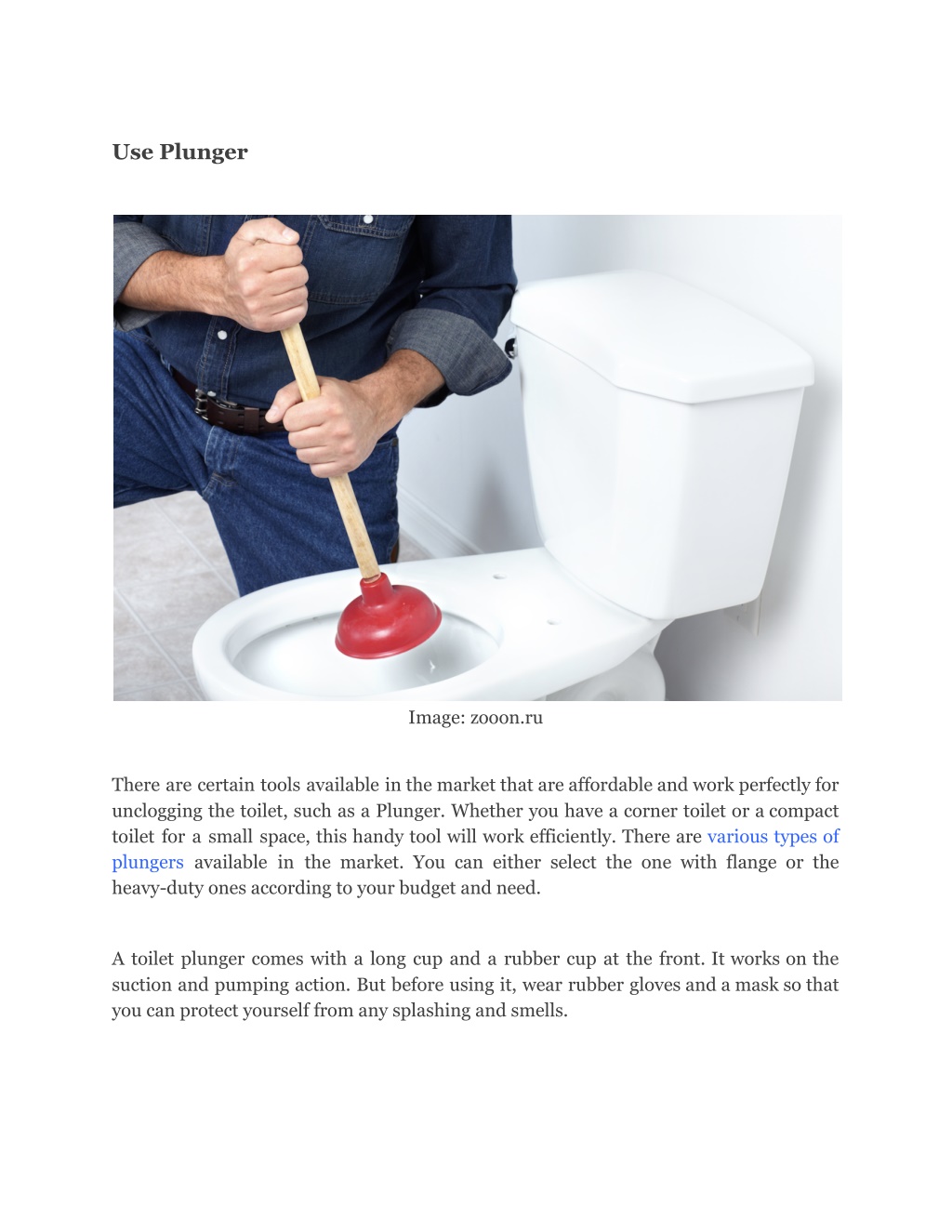
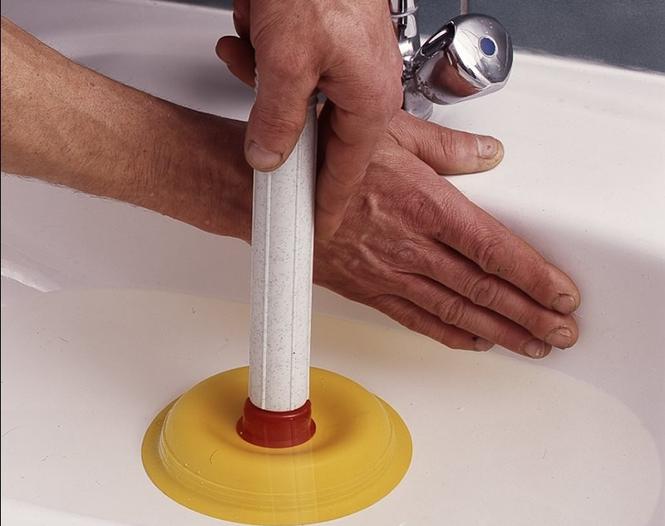

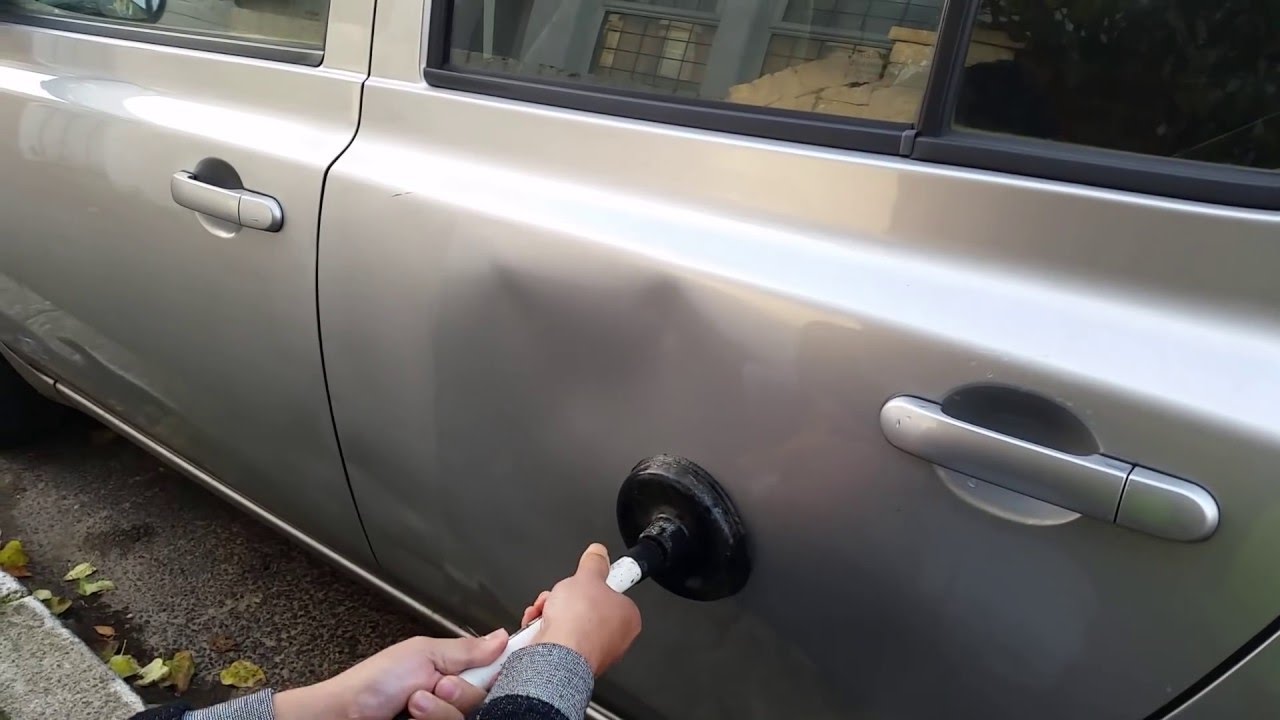






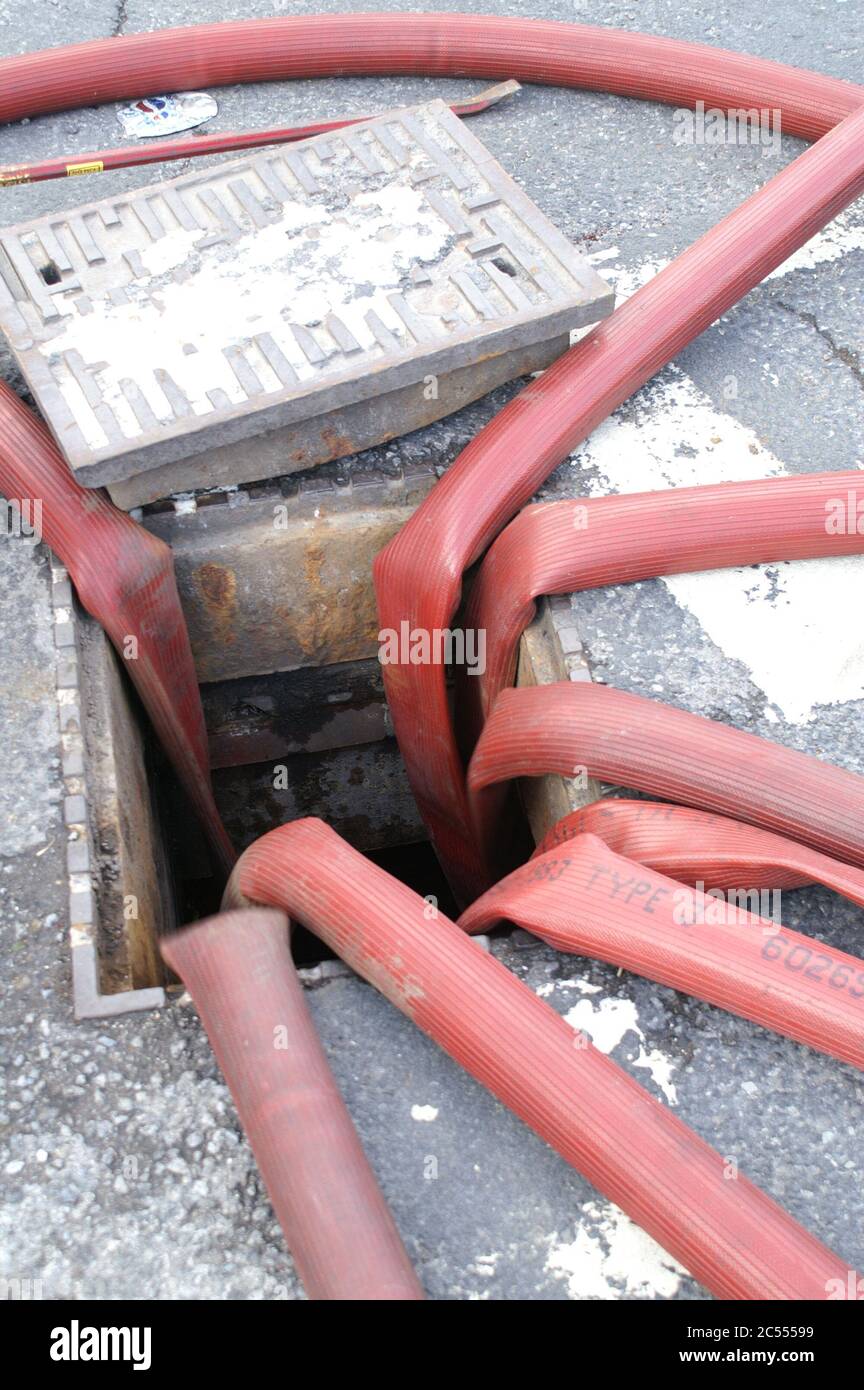

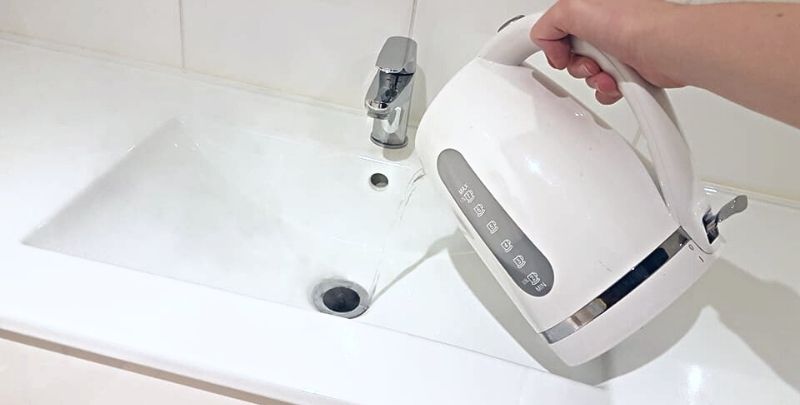

.jpg?time=1689761045394)
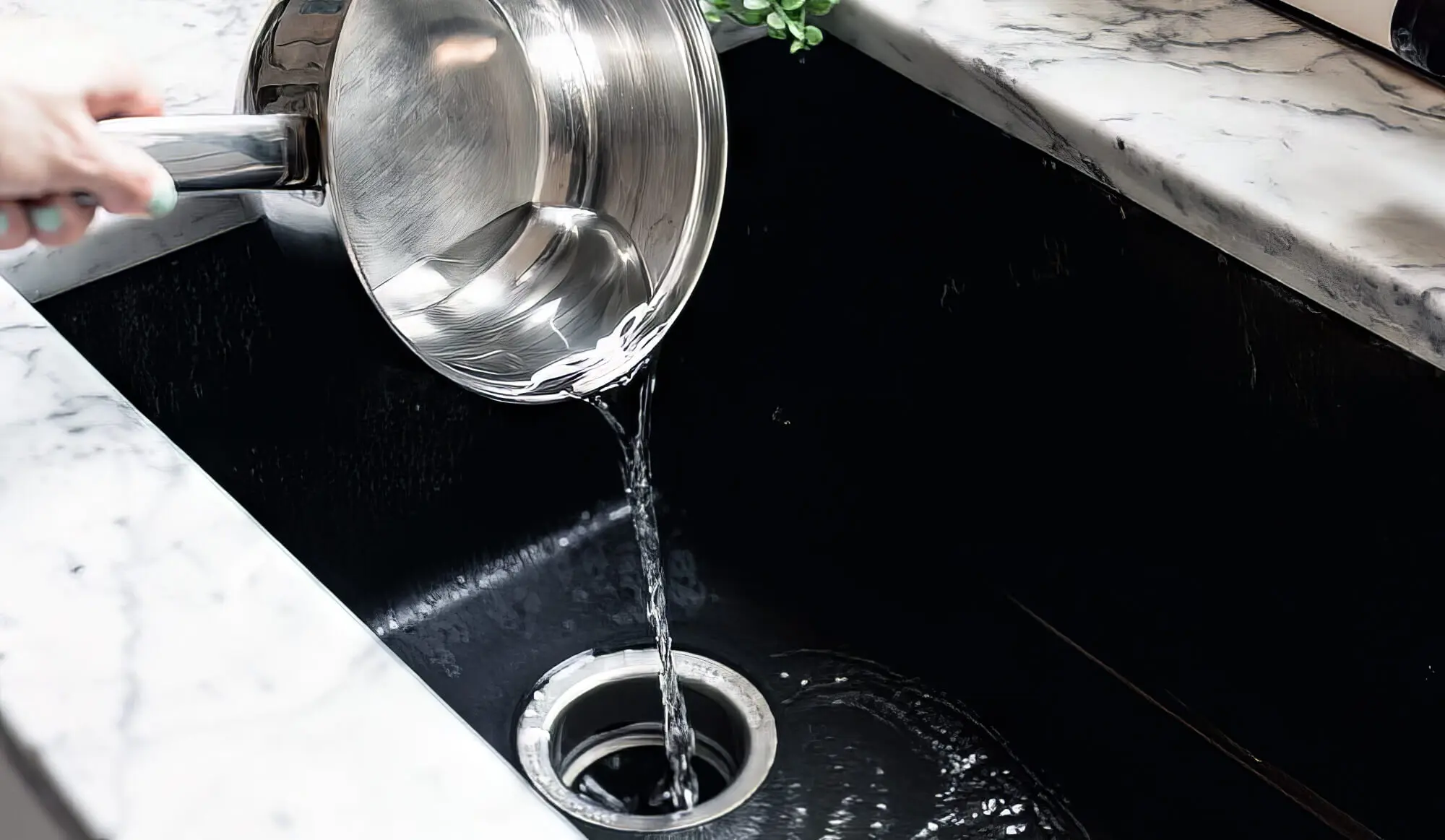


:max_bytes(150000):strip_icc()/GettyImages-1459148353-279aed56a15749c2a7310a882dbe3571.jpg)





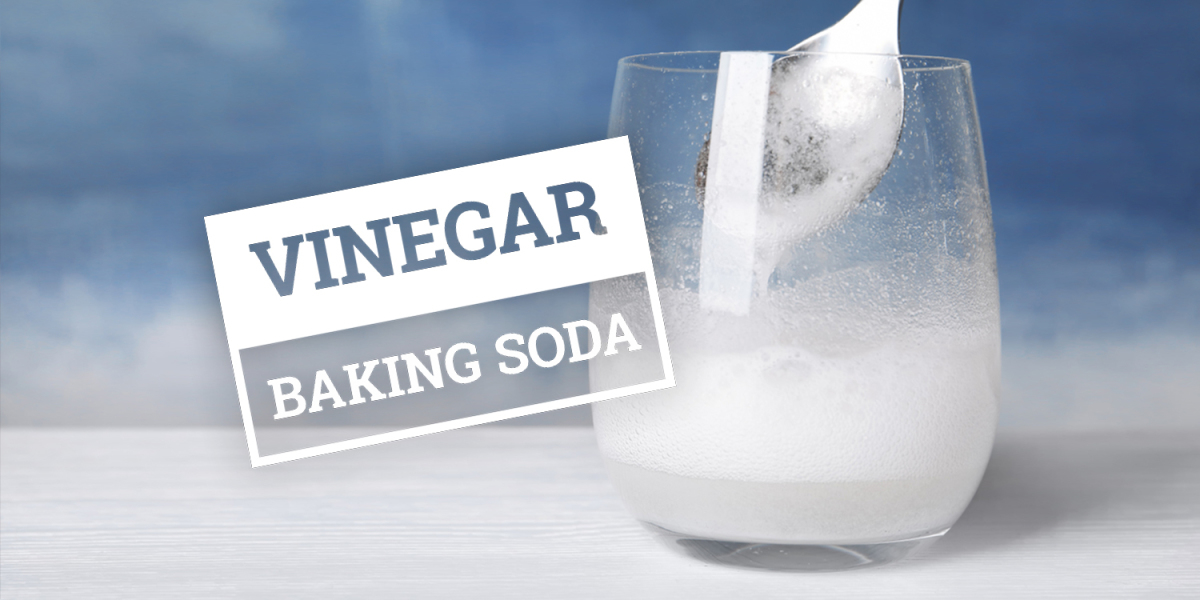





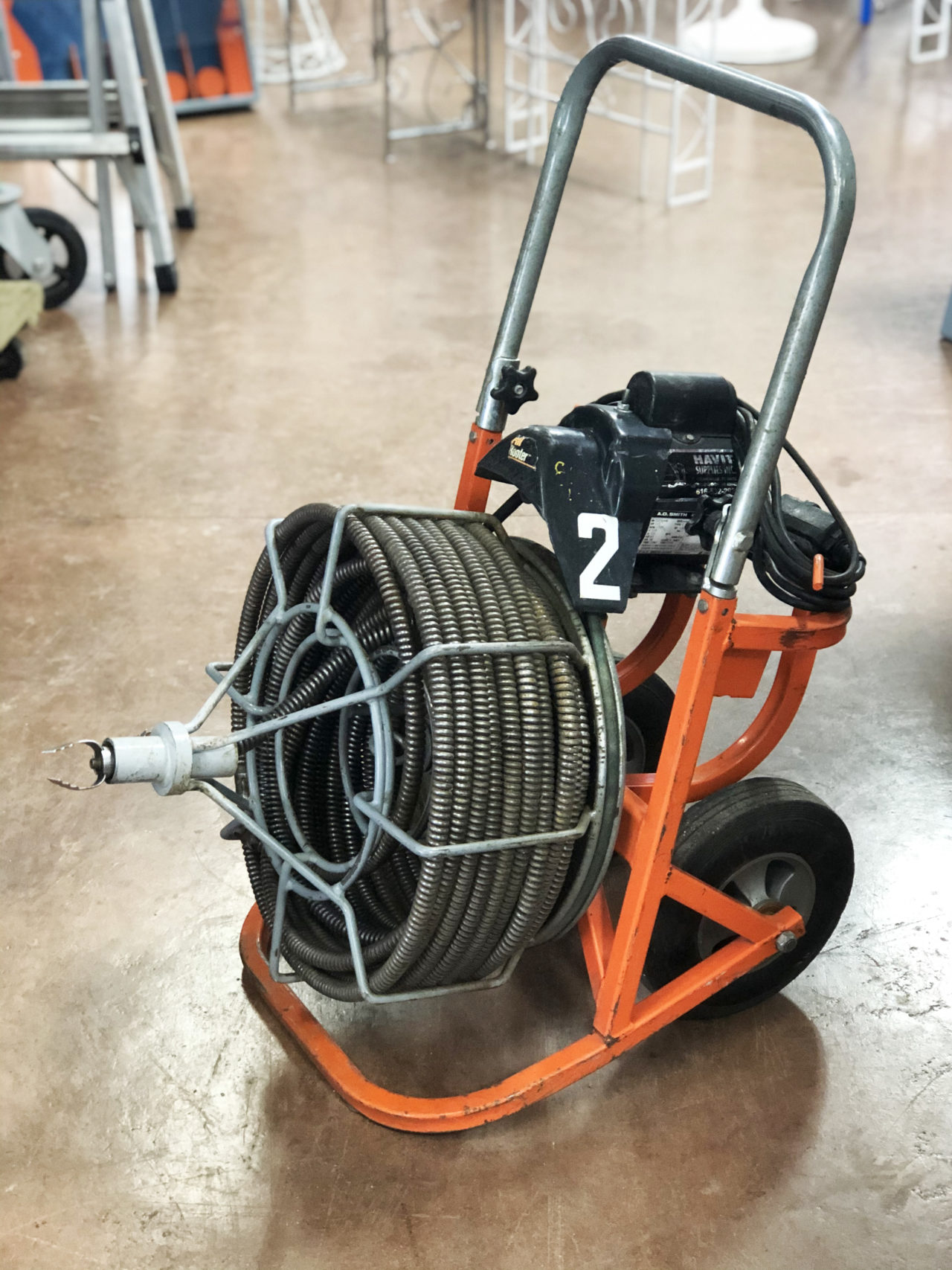






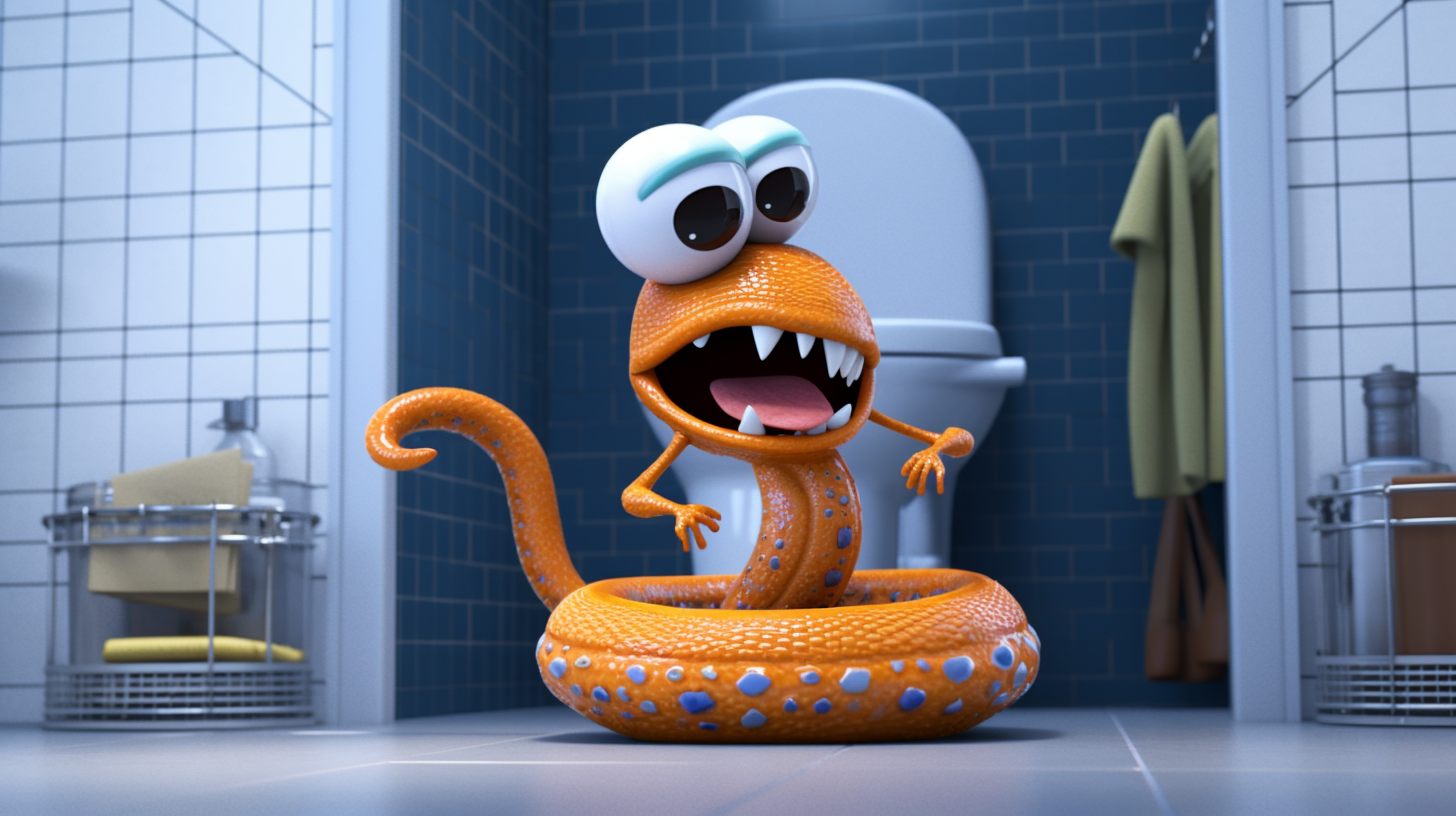
:max_bytes(150000):strip_icc()/Vastar-4-Pack-Drain-Snake-50b0e77281b244e386d046ca25ba76b6.jpg)









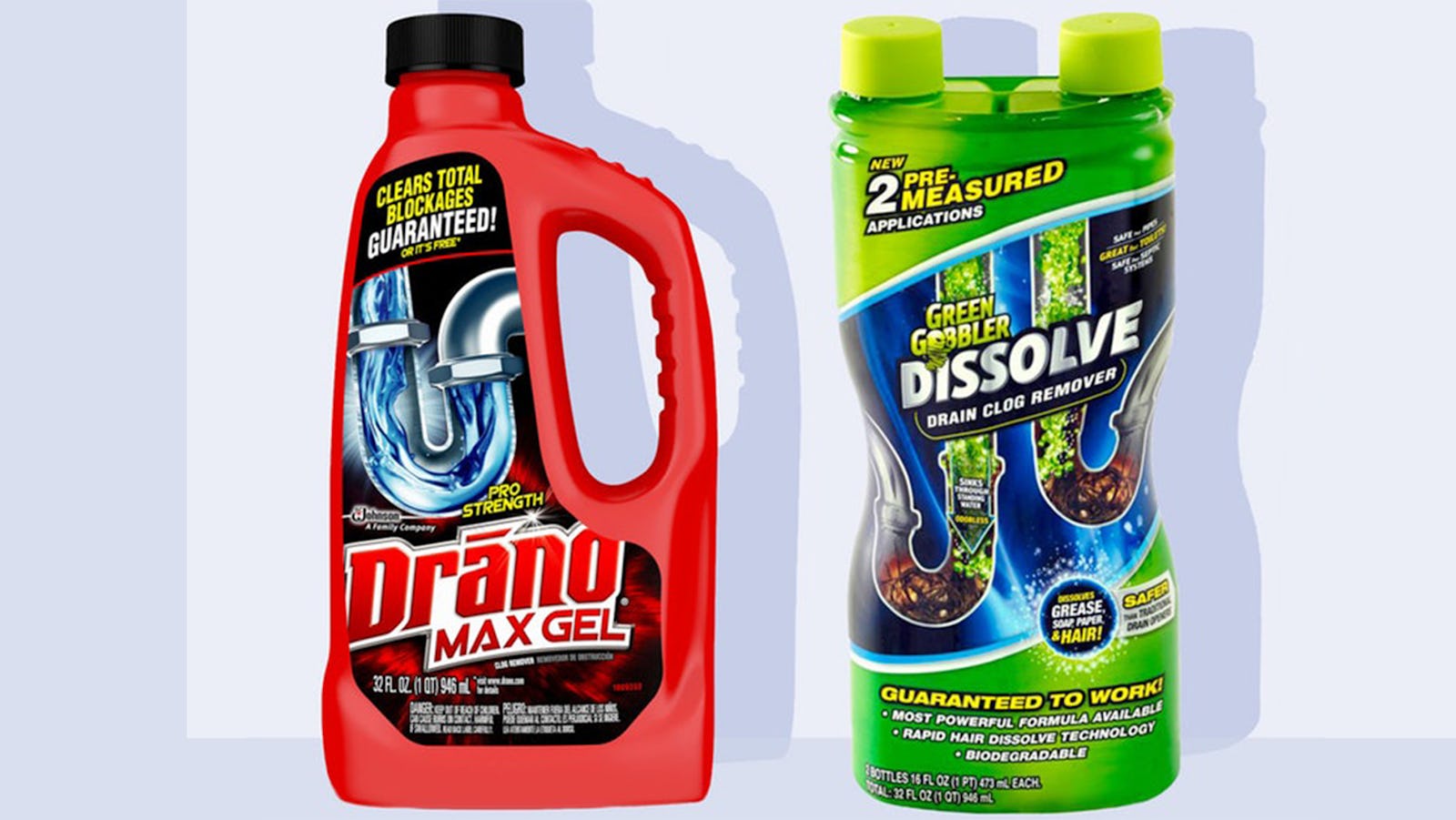


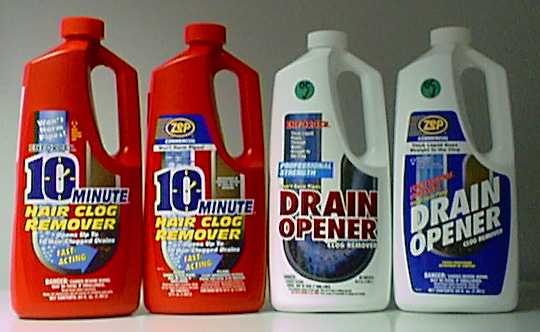






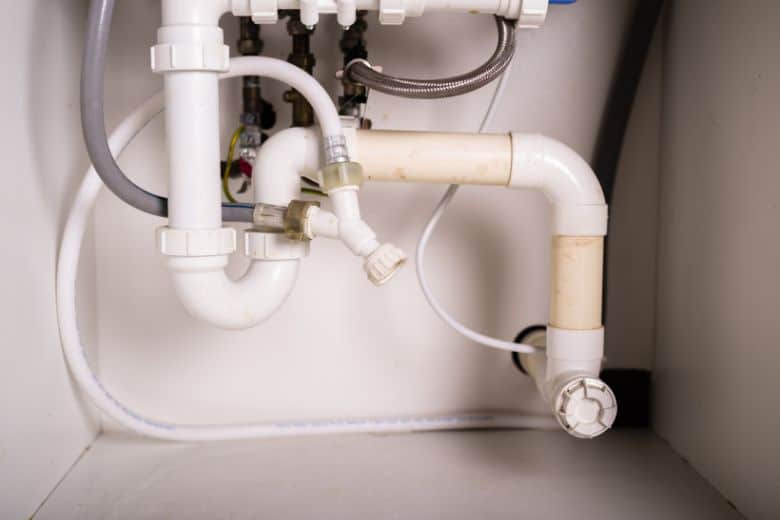




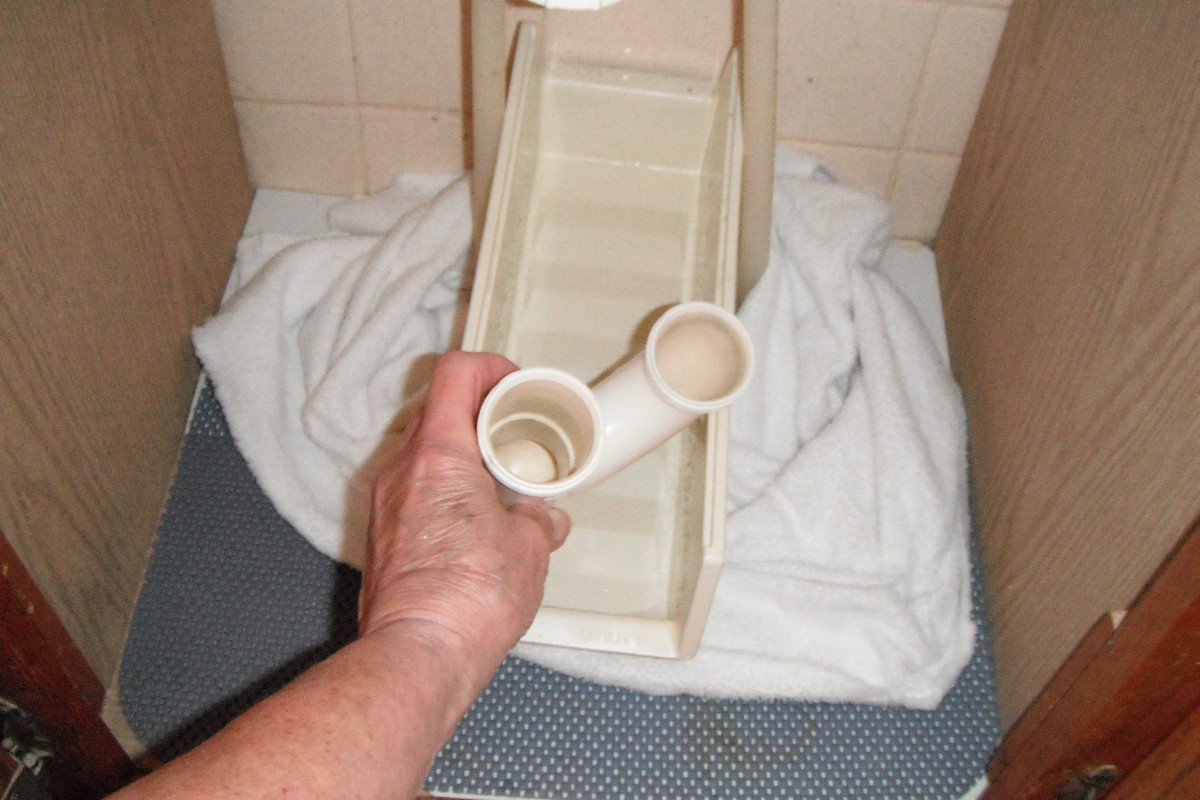

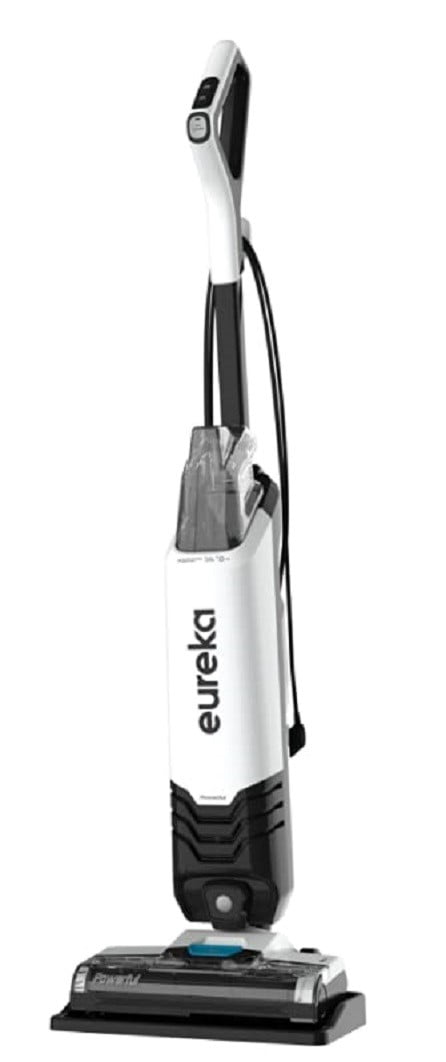

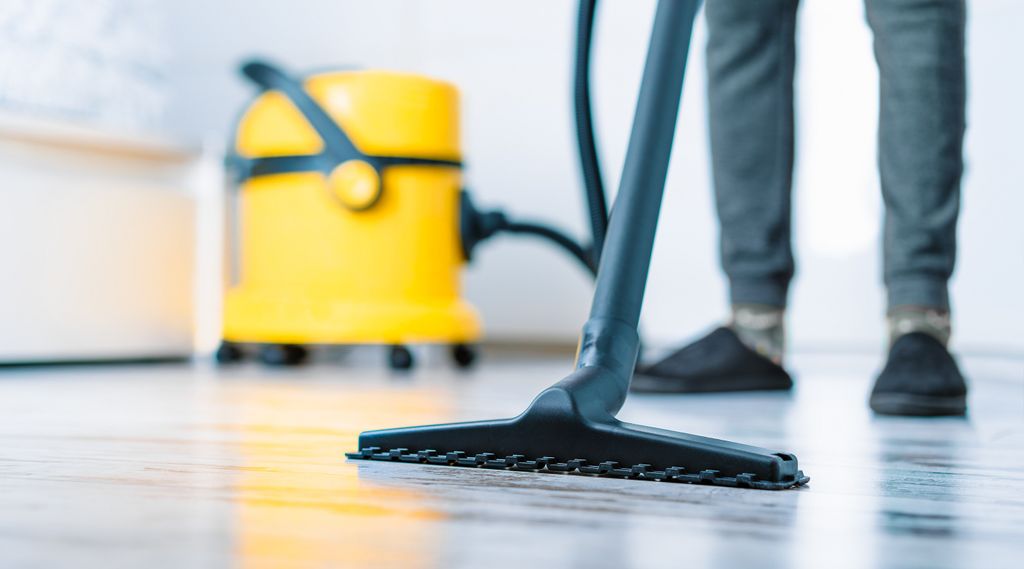


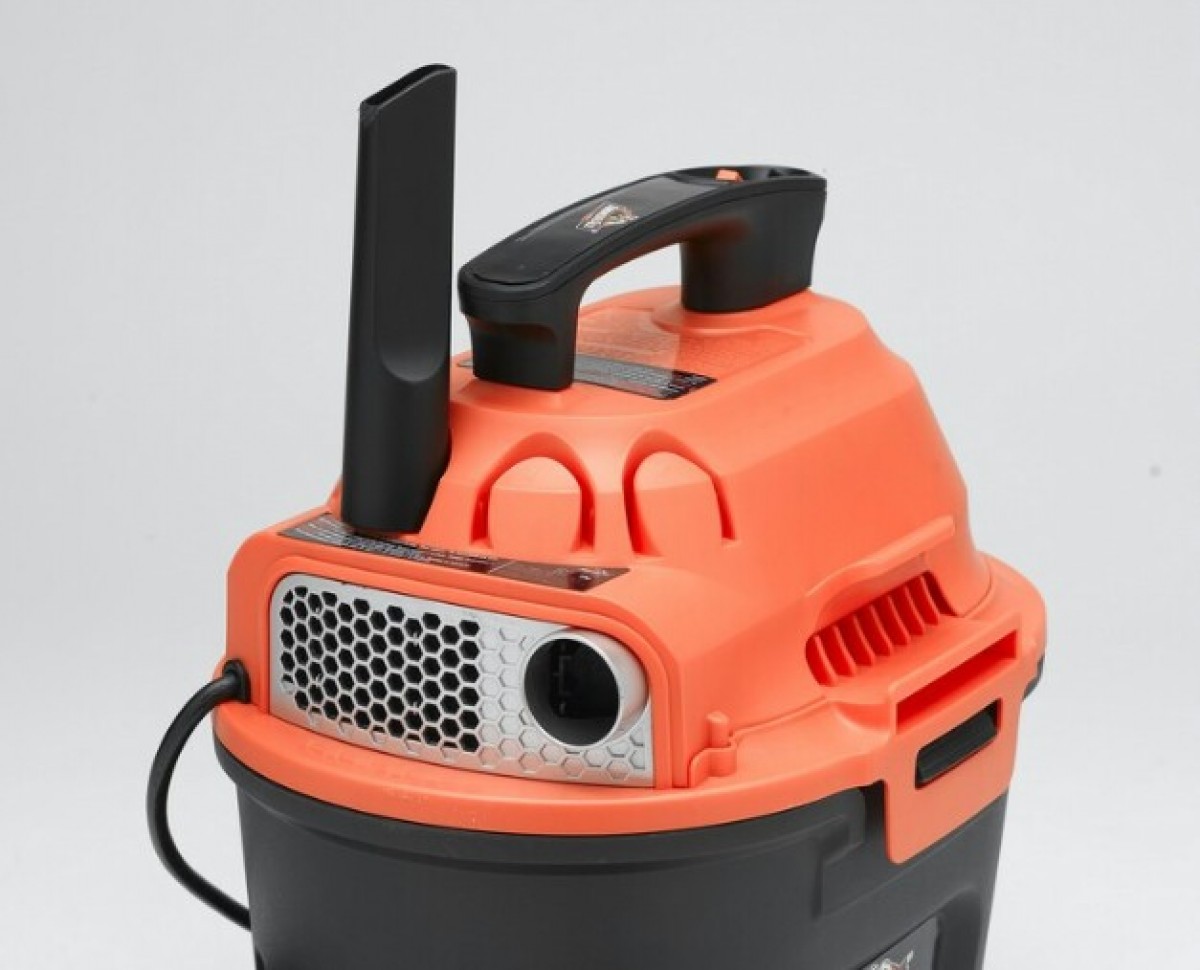










:max_bytes(150000):strip_icc()/freshen-and-unclog-drain-with-baking-soda-1900466-18-1a5b5da01939471ca8f8823865bd1ce8.jpg)
